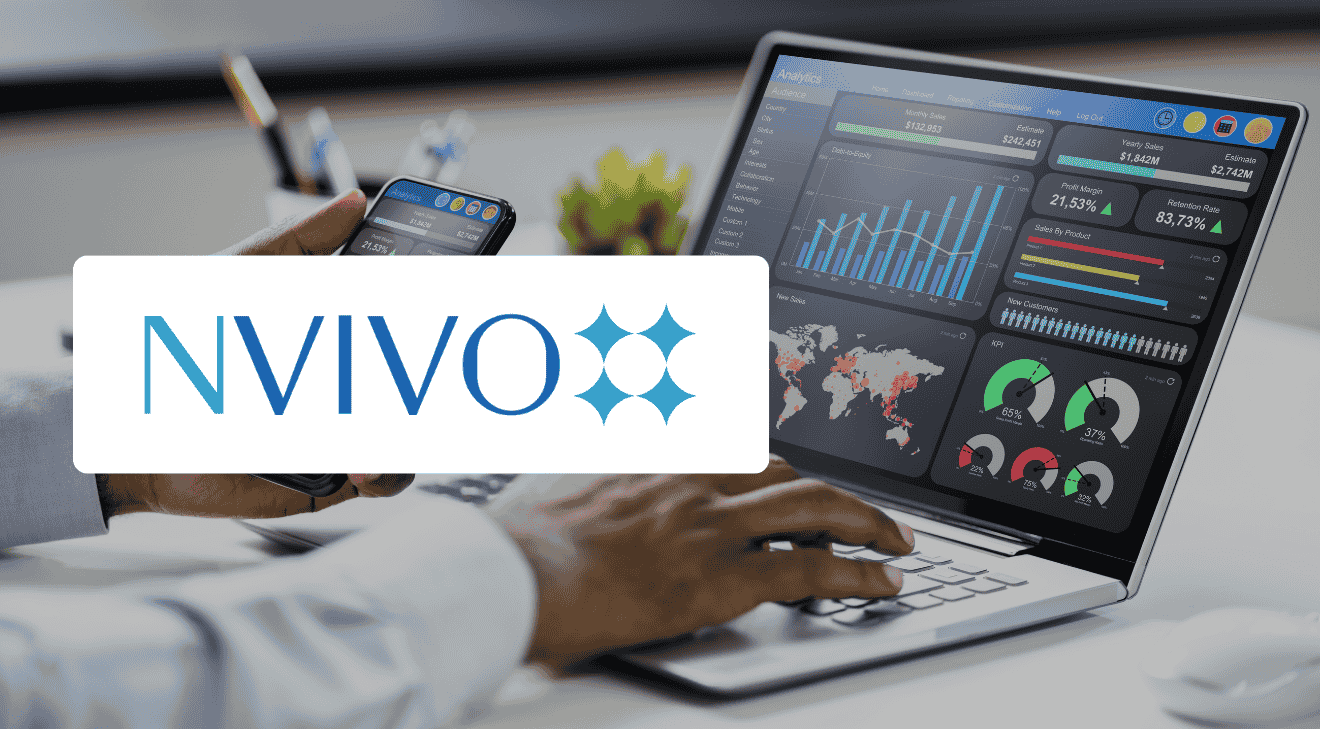
Training on Data Management and Analysis for Qualitative Data using NVIVO
Managing and analyzing qualitative data can be a trying experience. Qualitative data is multifaceted, rich in nature, unstructured and at times can be overwhelming where the researcher will be provided with information beyond the scope of the study. Combining qualitative research data management and data analysis with technology is frowned upon by some qualitative researchers. Qualitative researchers now have the option to apply technology tools in their approach for data management and data analysis to ease the complexity of the research process.
This NVIVO data analysis and data management course aims to build the capacity of qualitative researchers in qualitative data management and analysis using NVIVO qualitative software. This software has many features that can assist to simplify the whole process of doing qualitative research.
Target Participants
This NVIVO data analysis and data management course is aimed at qualitative researchers who want to “technologize” their approach in qualitative data management and analysis.
What you will learn
By the end of the course the learner should be able to:
- Understand qualitative analysis approaches
- Understand different qualitative data collection methods
- Set up a project in NVIVO
- Create a framework for qualitative data analysis using NVIVO
- Carry out qualitative data analysis using NVIVO
- Write a qualitative report
Course Duration
Online 7 Days
Classroom-based 5 Days
Introduction to Qualitative Research
- What is qualitative research?
- Dimensions of qualitative methods
- Qualitative research approaches
- Qualitative data collection methods
- Qualitative research study design
Preliminaries of Qualitative data Analysis
- What is qualitative data analysis
- Approaches in Qualitative data analysis; deductive and inductive approach
- Points of focus in analysis of text data
- Principles of Qualitative data analysis
- Process of Qualitative data analysis
Introduction to NVIVO
- NVIVO Key terms
- NVIVO interface
- NVIVO workspace
- Use of NVIVO ribbons
NVIVO Projects
- Creating new projects
- Merging, importing and exporting projects
- Managing projects
- Working with different data sources
Nodes in NVIVO
- Theme codes
- Case nodes
- Relationships nodes
- Node matrices
Classifications
- Source classifications
- Case classifications
- Node classifications
Coding
- Data-driven vs theory-driven coding
- Analytic coding
- Descriptive coding
- Thematic coding
- Tree coding
Thematic Analysis using NVIVO
- Organize, store and retrieve data
- Cluster sources based on the words they contain
- Text searches and word counts through word frequency queries.
- Examine themes and structure in your content
Memos Annotations and Links
- Linked memos
- Adding annotation to selected content
- See also link
Queries using NVIVO
- Queries for textual analysis
- Queries for exploring coding
Building on the Analysis
- Content Analysis; Descriptive, interpretative
- Narrative Analysis
- Discourse Analysis
- Grounded Theory
Qualitative Analysis Results Interpretation
- Comparing analysis results with research questions
- Summarizing finding under major categories
- Drawing conclusions and lessons learned
Visualizing NVIVO project
- Display data in charts
- Creating models and graphs to visualize connections
- Tree maps and cluster analysis diagrams
Triangulation of Data Sources
- Triangulating with quantitative data
- Using different participatory techniques to measure the same indicator
- Comparing analysis from different data sources
- Checking the consistency on respondent on similar topic
Qualitative Report Writing
- Qualitative report format
- Reporting qualitative research
- Reporting content
- Interpretation

